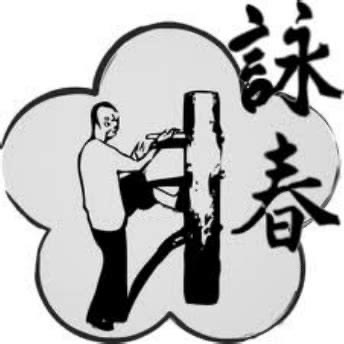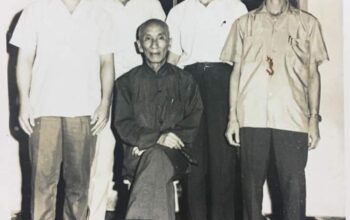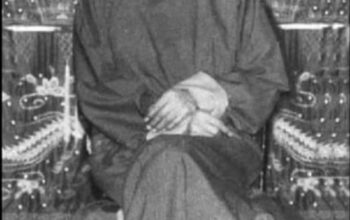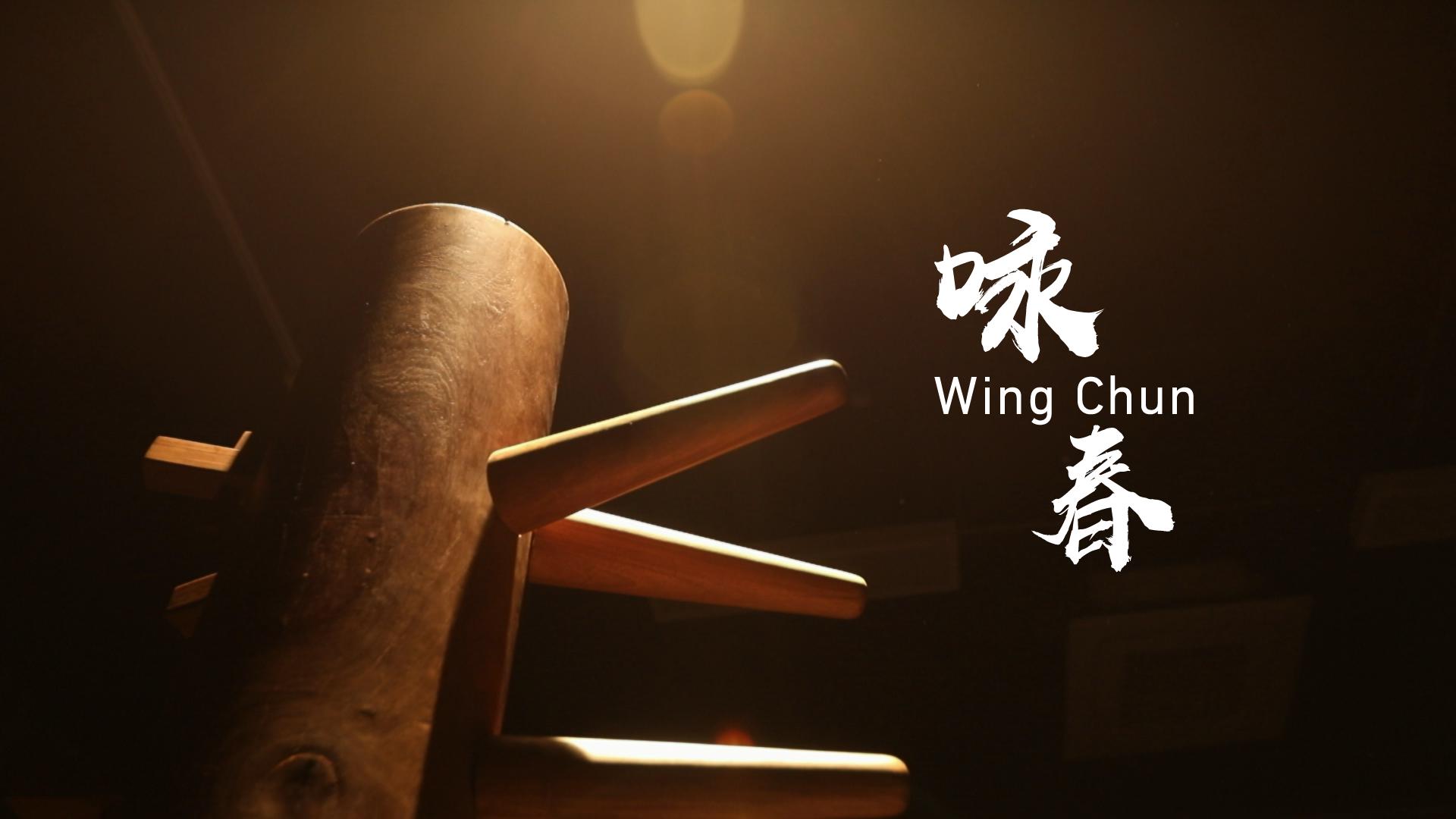Footwork is a fundamental aspect of any martial art, and Wing Chun is no exception. Wing Chun, a traditional Chinese martial art known for its practicality and efficiency in combat, employs specific principles of footwork to enhance mobility, stability, and strategic positioning. Let’s explore the key principles of Wing Chun footwork and their significance in practice and application.
- Centerline Positioning: Wing Chun places great emphasis on maintaining a strong centerline position. The centerline refers to an imaginary line running down the center of the body. Wing Chun practitioners strive to keep their centerline aligned with their opponent’s centerline to establish a dominant position. Footwork in Wing Chun is designed to support and maintain this centerline alignment, enabling practitioners to effectively intercept and attack while minimizing their exposure to counterattacks.
- Forward Stance: The primary stance in Wing Chun is the “Yee Jee Kim Yeung Ma” or “Character Two Goat Clamping Stance.” This stance is characterized by a square-on posture, with the feet pointing inward and the weight evenly distributed. The forward stance in Wing Chun provides a stable foundation and enables quick and efficient weight transfer for rapid changes in direction and agile movements.
- Triangle Footwork: Wing Chun utilizes triangular footwork to enhance mobility and maintain balance. Triangular footwork involves stepping at an angle, allowing practitioners to move in any direction while minimizing their vulnerable areas. The concept of triangular footwork helps create angles of attack and evasion, enabling practitioners to maneuver around opponents and maintain a strategic advantage.
- Economy of Movement: Wing Chun emphasizes economy of movement, which means minimizing unnecessary or excessive footwork. Instead of large and exaggerated steps, Wing Chun practitioners focus on short, quick, and efficient movements. By avoiding unnecessary footwork, practitioners conserve energy, maintain stability, and respond rapidly to changes in the combat situation.
- Quick Recovery: Quick recovery is a crucial principle in Wing Chun footwork. It involves promptly returning to a balanced and neutral position after executing a technique or evasive movement. Quick recovery ensures that practitioners can maintain their stability, regain control, and be ready to launch further attacks or defend against counterattacks.
- Footwork Integration with Hand Techniques: In Wing Chun, footwork is closely integrated with hand techniques. The footwork supports and complements the simultaneous attack and defense approach of Wing Chun. Proper weight distribution, timely weight shifts, and coordinated footwork enable practitioners to generate power in their strikes and maintain balance while executing techniques.
- Sensitivity and Adaptability: Wing Chun footwork is based on sensitivity and adaptability. Practitioners develop a heightened sense of proprioception, allowing them to feel and respond to changes in their opponent’s movements and energy. This sensitivity enables Wing Chun practitioners to adjust their footwork in real-time, maintaining optimal positioning and exploiting openings in the opponent’s defense.
- Mobile Center of Gravity: Wing Chun footwork involves maintaining a mobile center of gravity. By keeping the center of gravity mobile, practitioners can swiftly shift weight and change direction, enhancing their agility, evasiveness, and ability to generate power in strikes.
It is important to note that these principles of Wing Chun footwork are best learned and understood through consistent practice under the guidance of a qualified instructor. Practitioners must focus on mastering the fundamentals and gradually progress to more advanced footwork techniques and strategies.
In conclusion, Wing Chun footwork is based on a set of principles that enhance mobility, stability, and strategic positioning. By adhering to centerline positioning, utilizing forward stances, employing triangular footwork, emphasizing economy of movement, ensuring quick recovery, integrating footwork with hand techniques, developing sensitivity and adaptability, and maintaining a mobile center of gravity, Wing Chun practitioners can effectively maneuver, attack, and defend in combat situations.







